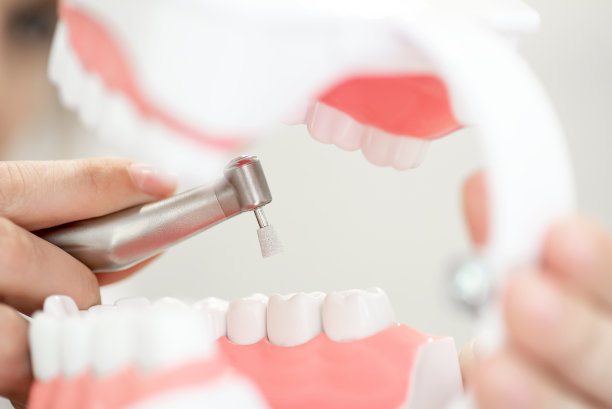A Comprehensive Guide to Dental Implant Treatment for a Confident Smile and Improved Oral Health
Summary: Dental implants have revolutionized the landscape of restorative dentistry, offering patients a solution that combines aesthetics with functionality. This comprehensive guide examines the fundamentals of dental implant treatment, including the types of implants available, the procedure involved, aftercare, and the numerous benefits they provide. Whether youre looking to regain your confident smile or improve your overall oral health, this article will equip you with essential insights into the world of dental implants.
1. Understanding Dental Implants and Their Types

Dental implants are artificial tooth roots, primarily made from titanium, designed to provide a strong foundation for replacement teeth. The process begins with the implant being surgically placed into the jawbone, where it eventually fuses with the bone in a process known as osseointegration. This fusion is what gives implants their strength and durability, making them an excellent choice for restoring lost teeth.
There are various types of dental implants, including endosteal and subperiosteal implants. Endosteal implants are the most common, involving a surgical placement within the jawbone. Subperiosteal implants, on the other hand, are positioned under the gum but above the jawbone, making them suitable for patients with insufficient jawbone density.
Additionally, implants can also be categorized based on the technique used, such as single implants, implant-supported bridges, or full arch replacements. Each type caters to specific dental needs, ensuring that every patient can receive personalized care.
2. The Dental Implant Procedure Explained
The procedure for dental implants typically involves multiple stages, beginning with a comprehensive dental exam and treatment planning. During this initial phase, your dentist will evaluate your oral health, take necessary imaging, and discuss your expectations, ensuring that the treatment aligns with your goals.
Once the planning is complete, the surgical phase begins with the implantation of the titanium post into the jawbone. This is usually performed under local anesthesia, ensuring patient comfort. Following the implant placement, there is a healing period that can last several months, allowing the implant to integrate with the bone.
Finally, after successful osseointegration, an abutment is attached to the implant, which will hold the crown or bridge securely in place. The crown is then custom-made, fitted, and cemented onto the abutment, completing the restoration process and providing the patient with a natural-looking smile.
3. Post-Operative Care for Dental Implants
After undergoing dental implant surgery, proper care is essential for the success and longevity of the implant. Immediately following the procedure, patients may experience some discomfort or swelling, which can typically be managed with prescribed pain medication and ice packs.
Maintaining excellent oral hygiene is crucial during the recovery phase. Patients should resume brushing and flossing gently around the surgical site while avoiding any hard or sticky foods that could jeopardize healing. Dentists may also recommend using an antimicrobial mouthwash to minimize the risk of infection.
Regular follow-up appointments are vital to monitor the healing process and ensure that the implant is integrating correctly. These visits allow the dentist to address any concerns and make any necessary adjustments to the treatment plan, further enhancing the likelihood of a successful outcome.
4. Benefits of Choosing Dental Implants
Dental implants offer numerous advantages over other tooth replacement options, making them a preferred choice for many patients. First and foremost, they provide a permanent solution, as well-placed implants can last a lifetime with proper care, eliminating the need for frequent replacements.
Additionally, dental implants help preserve surrounding bone and prevent bone loss, which often occurs with missing teeth. They also improve oral function, allowing individuals to enjoy a wide variety of foods without fear of their prosthetics slipping or causing discomfort.
Lastly, dental implants significantly enhance aesthetics by restoring the natural appearance of the smile. With custom-designed crowns, patients can regain their confidence and enjoy better overall self-esteem, knowing they have a beautiful and healthy smile once again.
Summary:
In conclusion, dental implants represent a modern and effective solution for individuals seeking to restore their smiles and enhance their oral health. From understanding the different types to navigating the procedure and recognizing the benefits, this guide serves as a valuable resource for anyone considering implants. By investing in this treatment, patients can look forward to improved functionality, aesthetics, and a newfound confidence in their smiles.
This article is compiled by Vickong Dental and the content is for reference only.



